(January 8, 2023 Tel Aviv, Israel) Tondo Smart Ltd. is pleased to announce that it has been awarded a Certificate of Compliance to the ISO/IEC 27001 Information Security Management standard by the Standards Institution of Israel.
ISO/IEC 27001 is a global standard that defines the requirements for companies to create, perform, maintain, and improve an information security management system. A company that is compliant to ISO/IEC 27001 must:
- Continuously examine its information security risks, considering the threats, vulnerabilities, and impacts of those risks
- Design and implement a robust system of information security controls and risk management
- Adopt a management process to ensure that its information security controls continue to meet the company’s information security needs
Companies that are ISO/IEC 27001 compliant are audited by certified standards audit and compliance organizations authorized to perform certifications by ISO. They must periodically re-certify to any available updated standards within specified time periods (typically every three years)
“For companies like Tondo who provide the foundational network infrastructure for Smart Cities, information security is not only critical for our own organization, but it is critical to the adoption of Smart City solutions.”, says Guy Saadi, Chief Executive Officer at Tondo. “Certification of compliance to the global ISO/IEC 27001 information security standard is means that we have integrated robust security practices into every aspect of our operations.”
Eliav Gnessin, Chief Technology Officer adds, “ISO/IEC 27001 has to be more than just a checkbox for companies. Information security is core to our Smart City cybersecurity solutions at Tondo. Our Edge-IQ and Cabinet-IQ lighting control solutions are the first of their kind to include hardware-based cryptographic security at each endpoint all the way through to our Cloud-IQ management platform. We are years ahead of our competitors’ cybersecurity in the Smart Lighting and Smart City network markets.”
Who Are ISO and IEC?
ISO is the International Organization for Standardization, an international standards development organization. ISO members are comprised of the national standards development organizations from 167 countries. To date, ISO has published over 22,000 different global standards that promote best practices for quality, safety, security, interoperability, and sustainability in processes, products, and services.
IEC is the International Electrotechnical Commission, an international standards development organization focused on electrical, electronic, and related standards. Like ISO, IEC members are comprised of the national standards development organizations from 173 countries around the world. As in the case of ISO/IEC 27001, IEC and ISO work together in areas of mutual interest.
Why is ISO/IEC 27001 Compliance Important?
Information security practices are complex and dynamic. Companies may pursue a range of information security best-practices, but without a system that is structured, documented, and complete, a company:
- Will not know what information security best-practices they are missing
- Will not have a system for monitoring and maintaining best-practices over time
- Will not have the confidence of their customers, shareholders, directors, and insurers that they are making best-efforts to protect the company’s information assets and comply with information privacy legislation in its markets
ISO/IEC 27001 is the foundational platform that a company will use to build its information security strategy. Without it, a company risks an incomplete, disjointed, and out-dated information security strategy.
About Tondo
Tondo Smart Ltd. (TASE: TNDO) develops and manufactures outdoor network-connected Smart Lighting and Smart Sensor controls managed by Tondo’s secure, nation-scale cloud-based Smart City management system. Tondo’s solutions can reduce electricity consumption and the GHG footprint of roadway and area lighting by 60% or more and reduce the cost of outdoor lighting operations and maintenance by 30% or more. Tondo provides its solutions to cities, electrical utilities, energy services contract organizations, commercial building management, parking management, public transportation, and school, college, and university campuses.
Media enquiries may be directed to Tali Kleinman-Frosh, Global VP Marketing and Sales at [email protected]. All other enquiries may be made through the Tondo website at www.tondo-iot.com

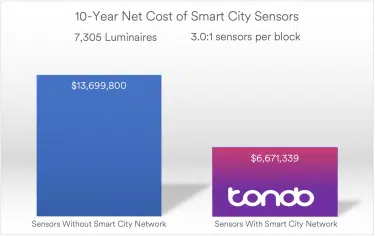
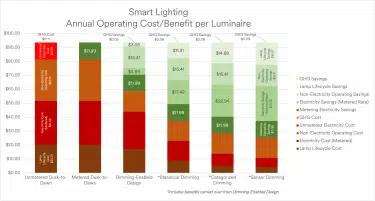
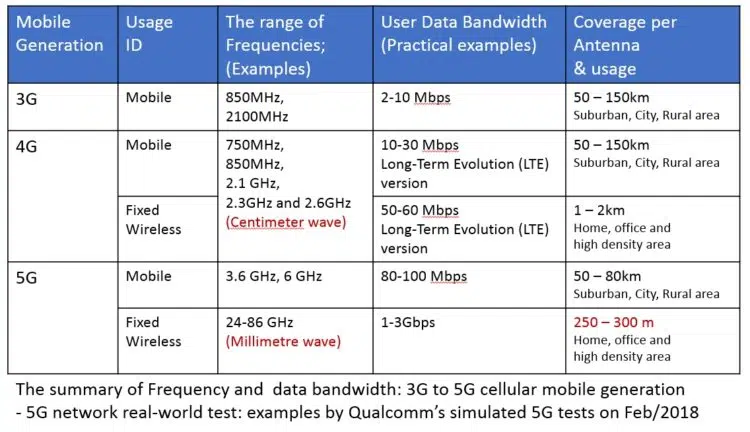

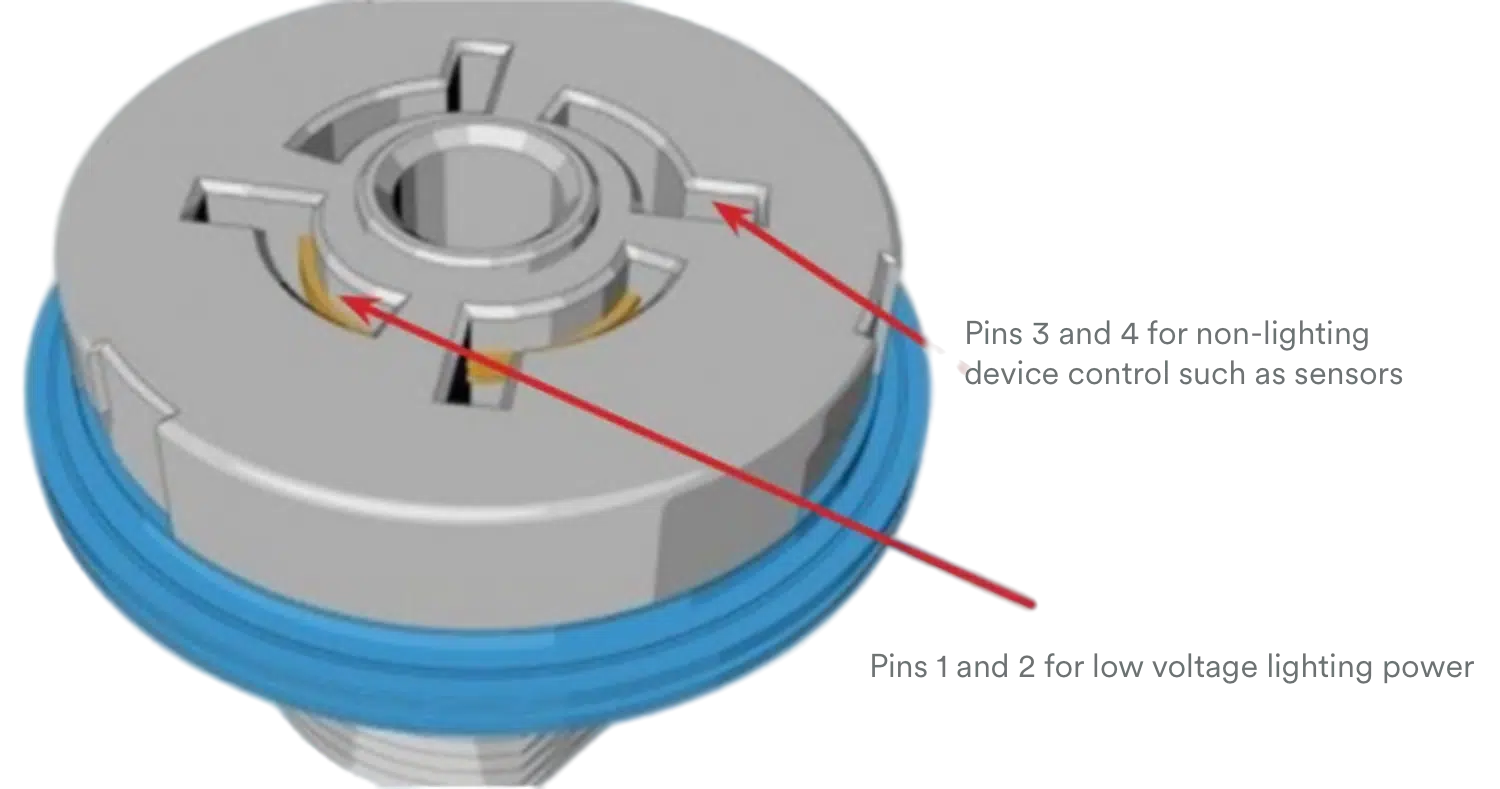
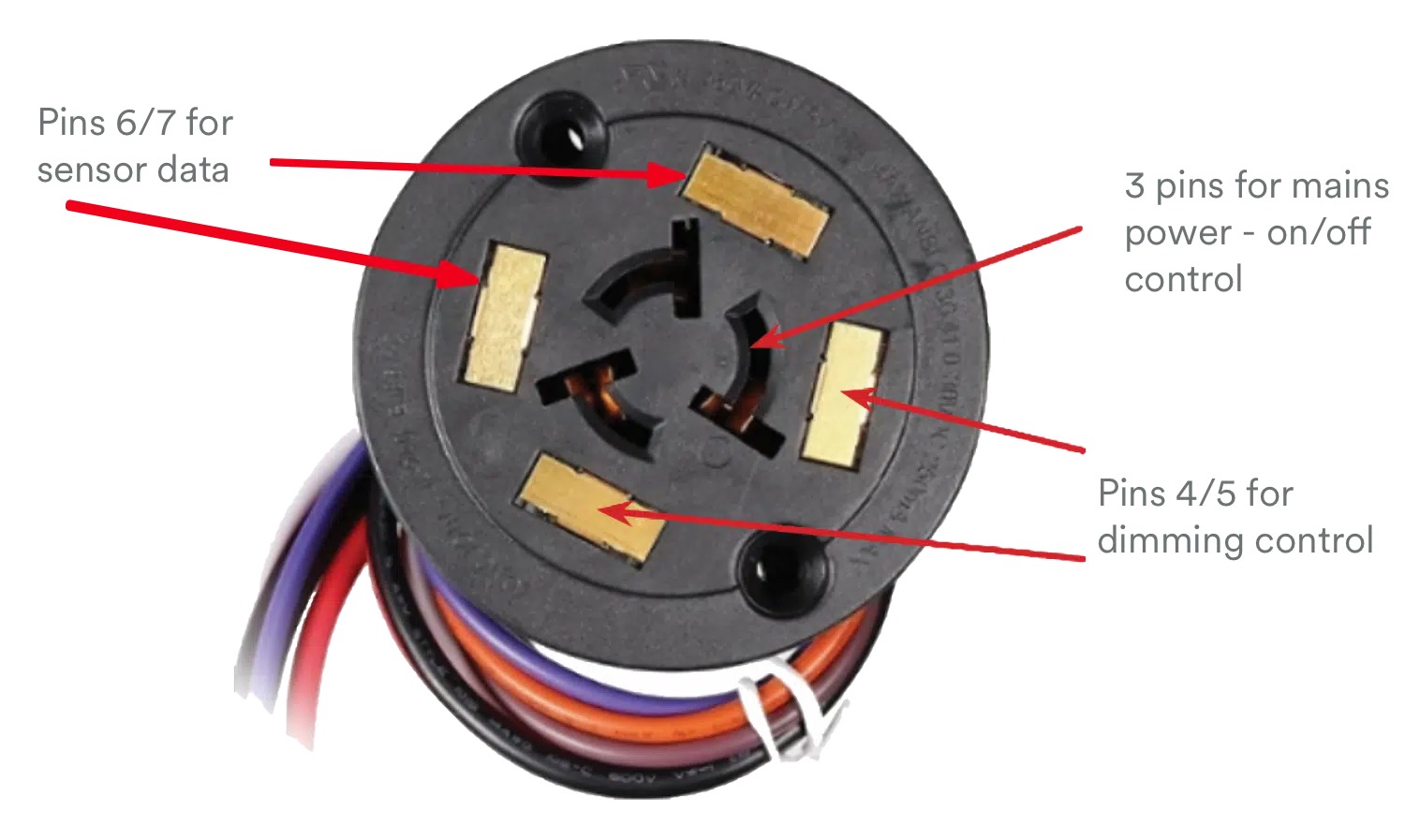
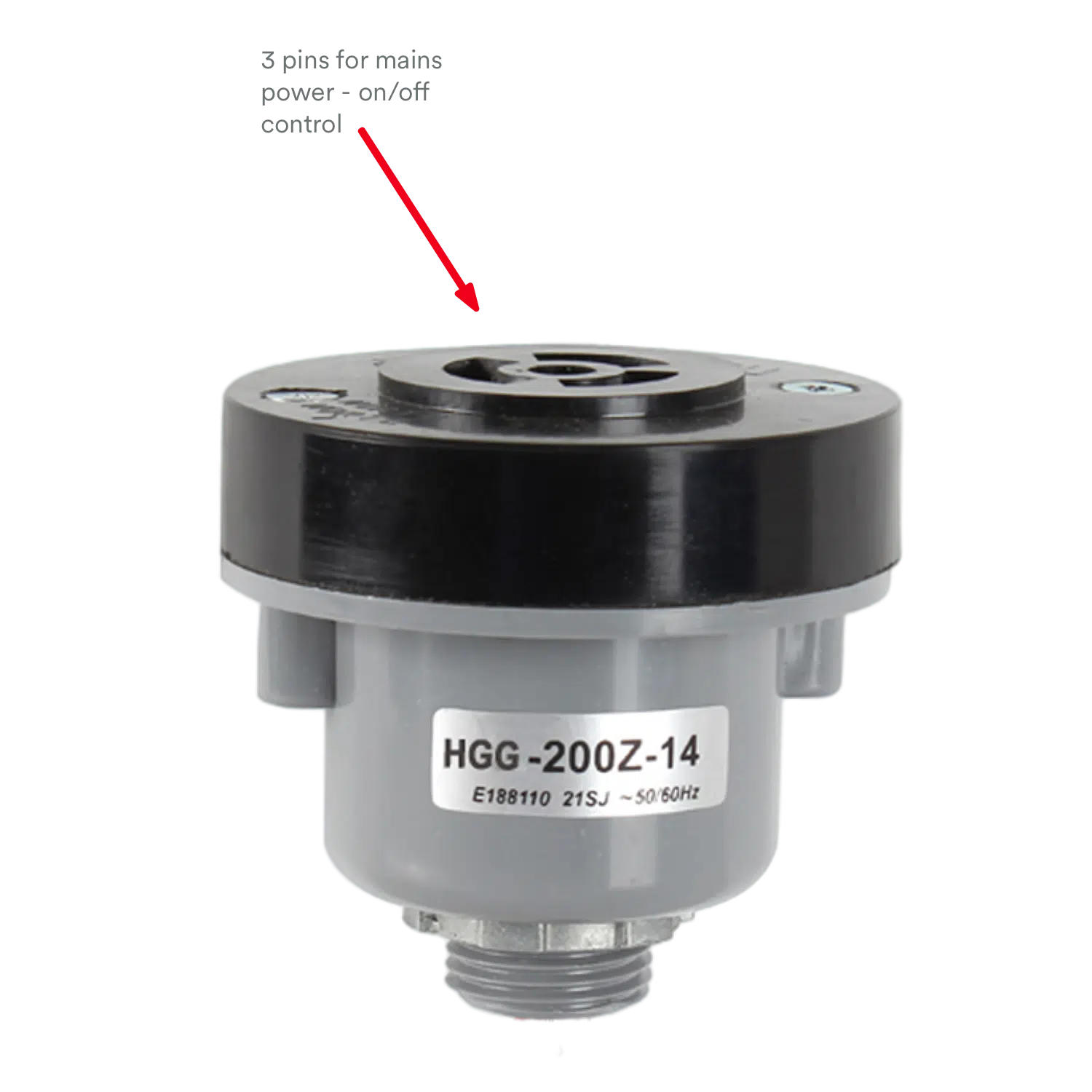
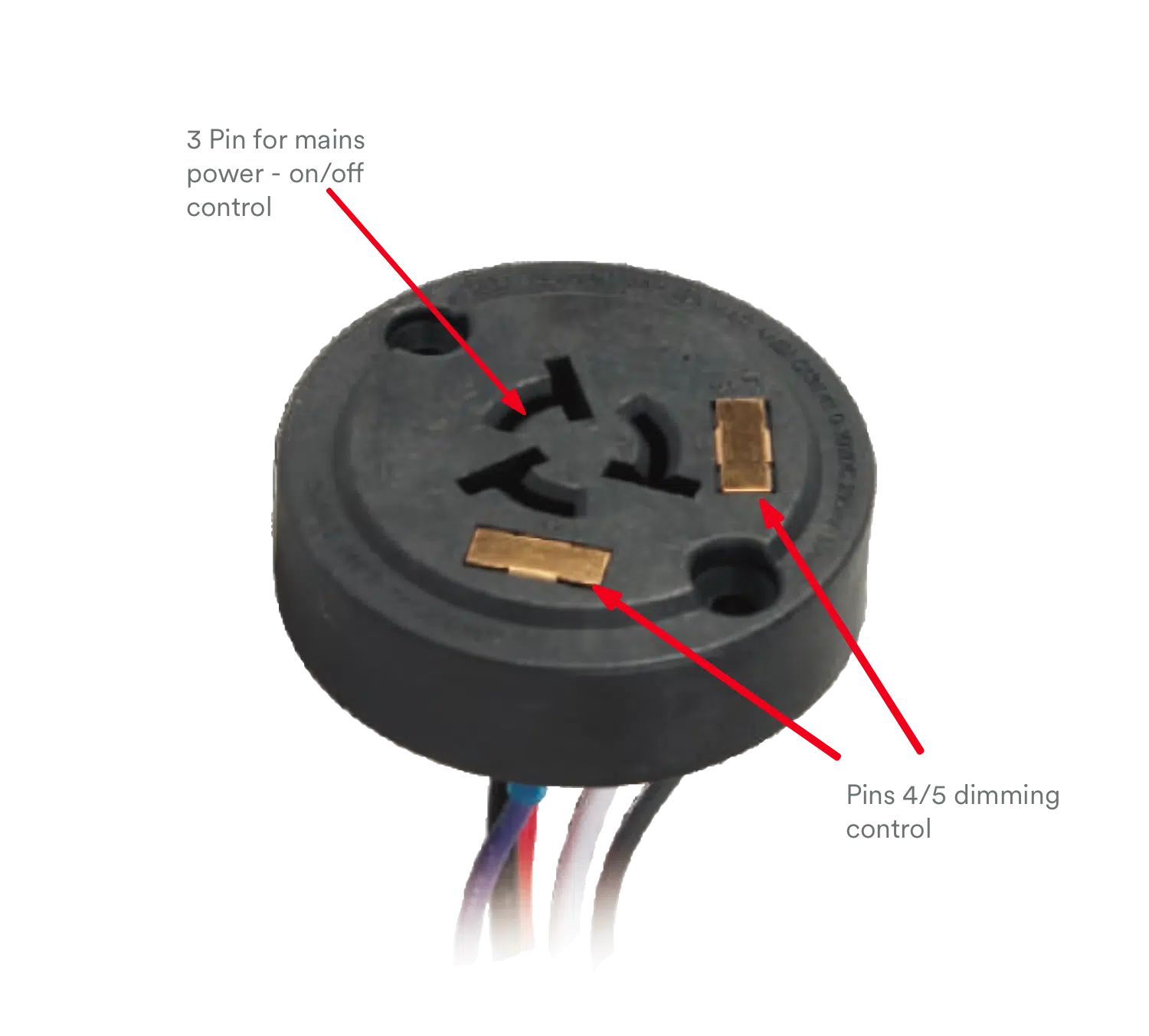
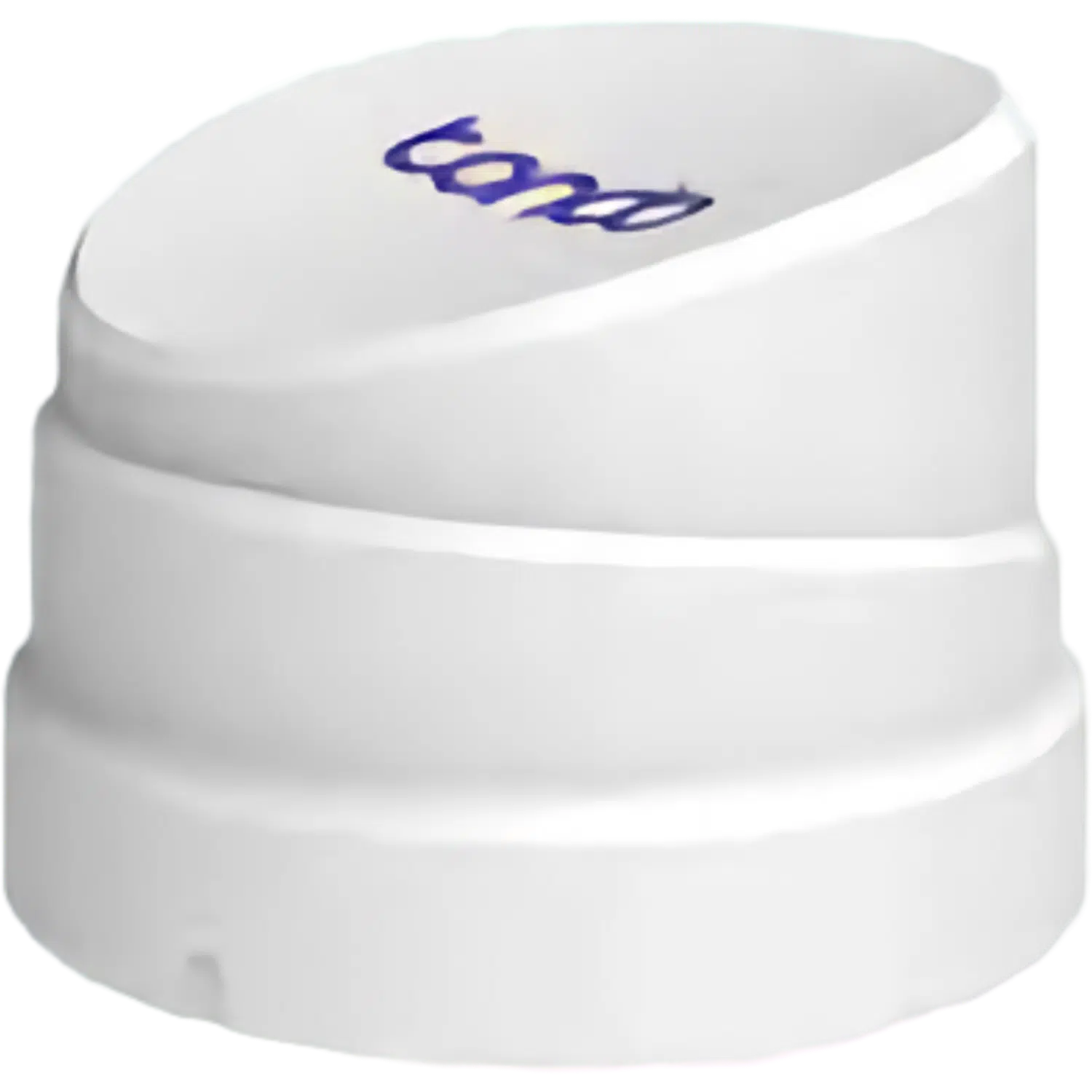
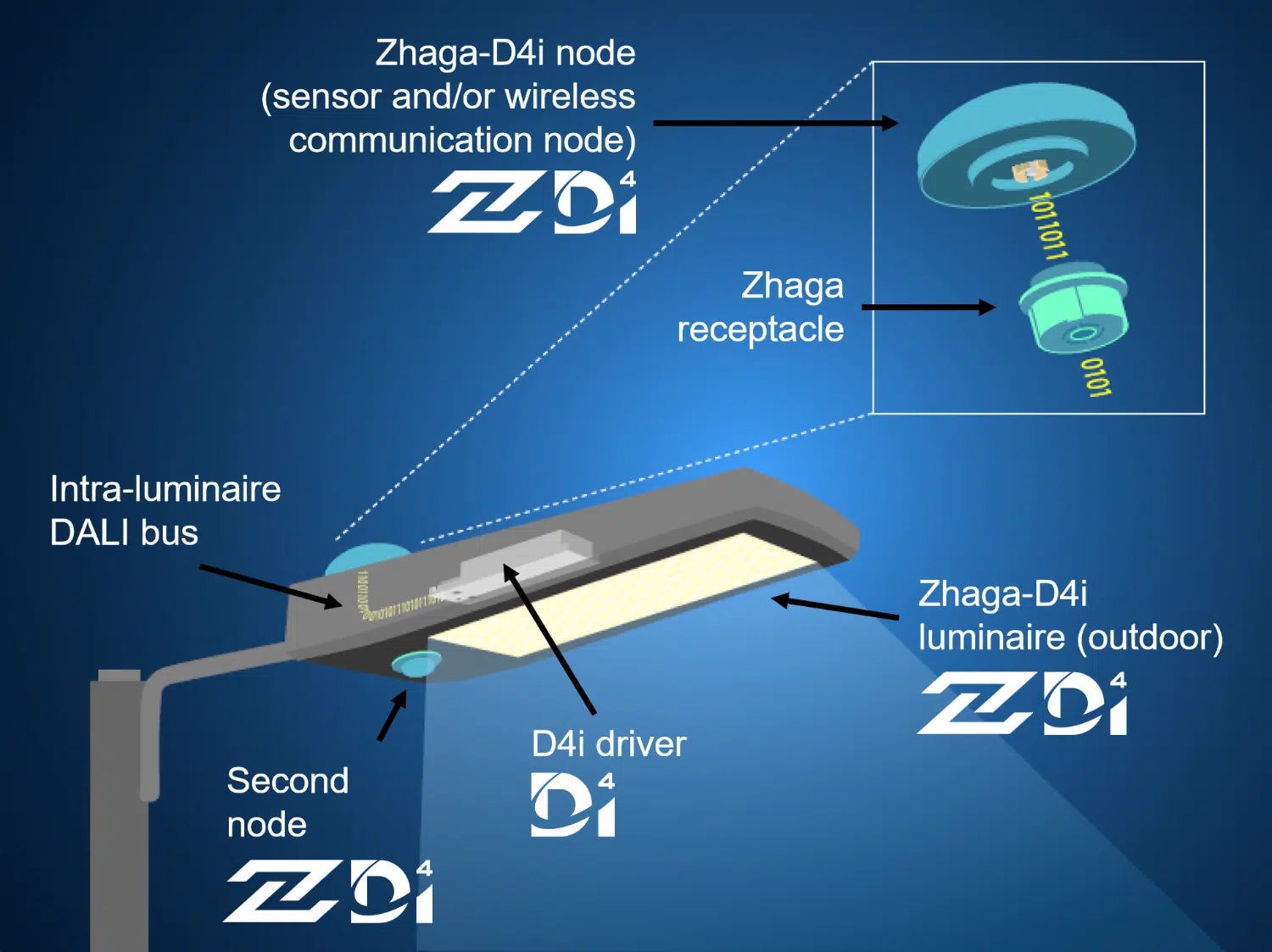
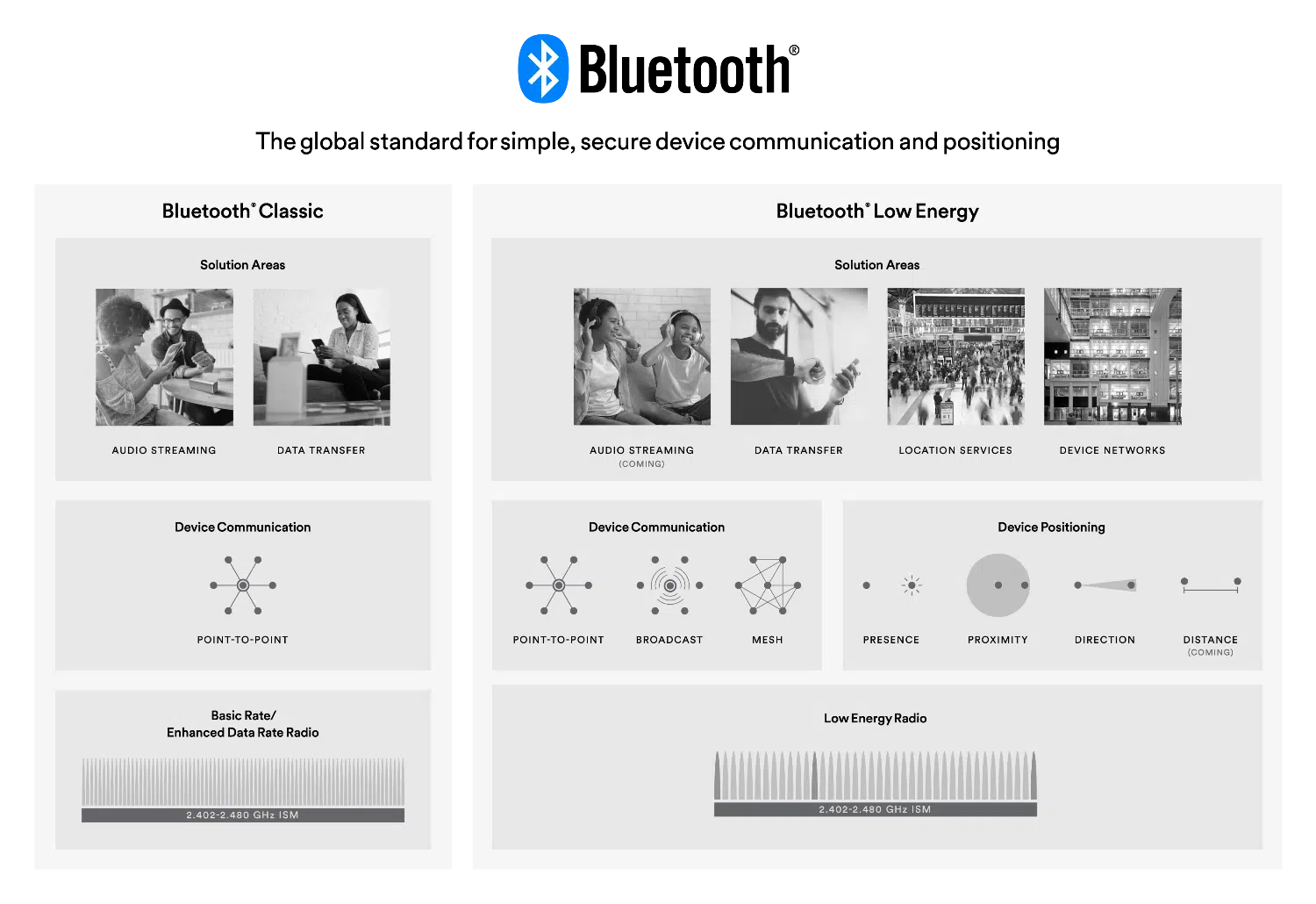
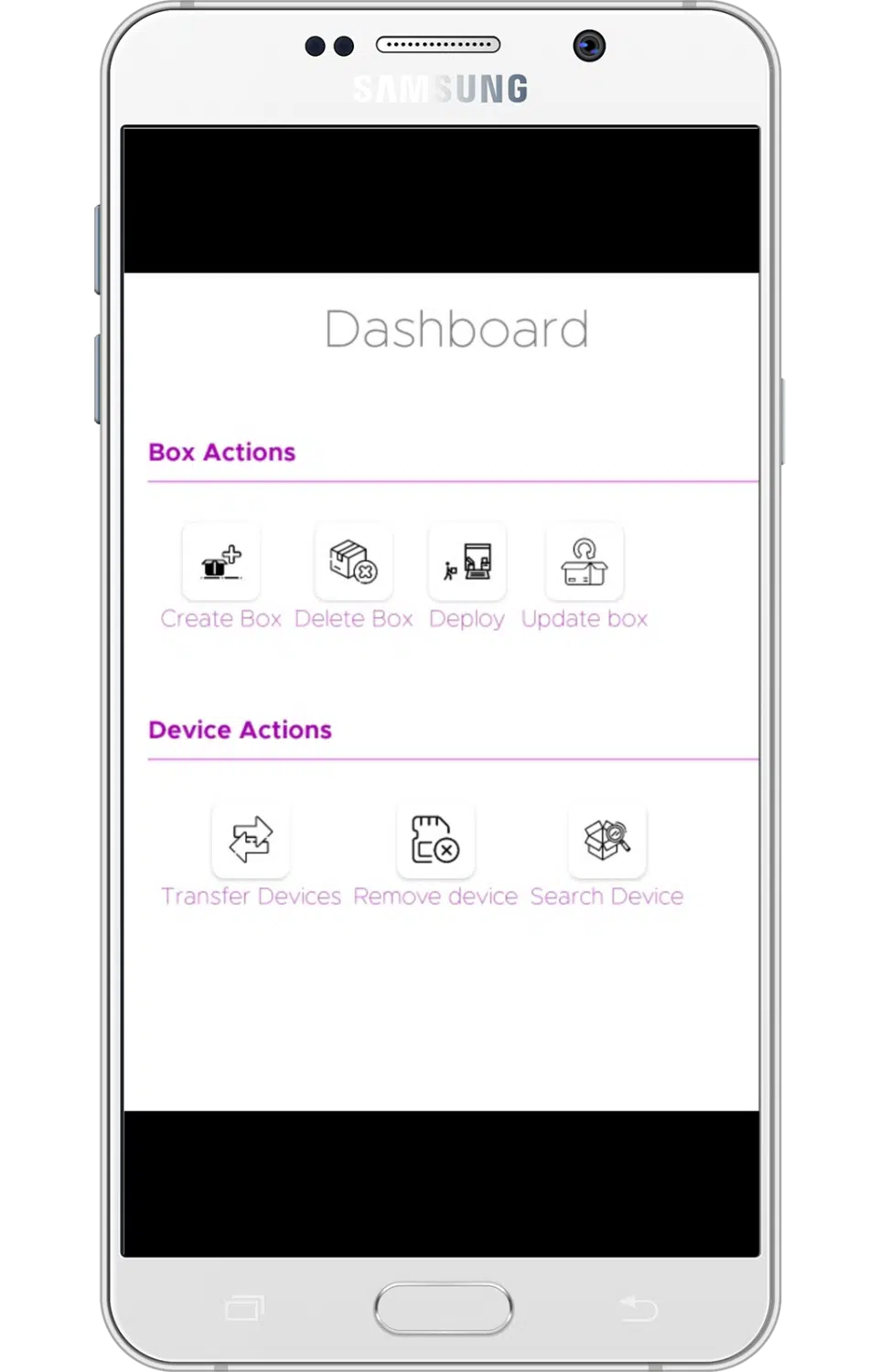
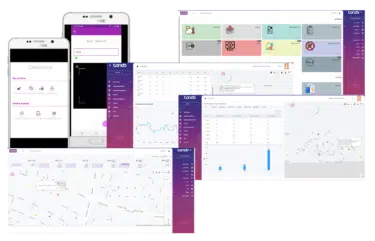
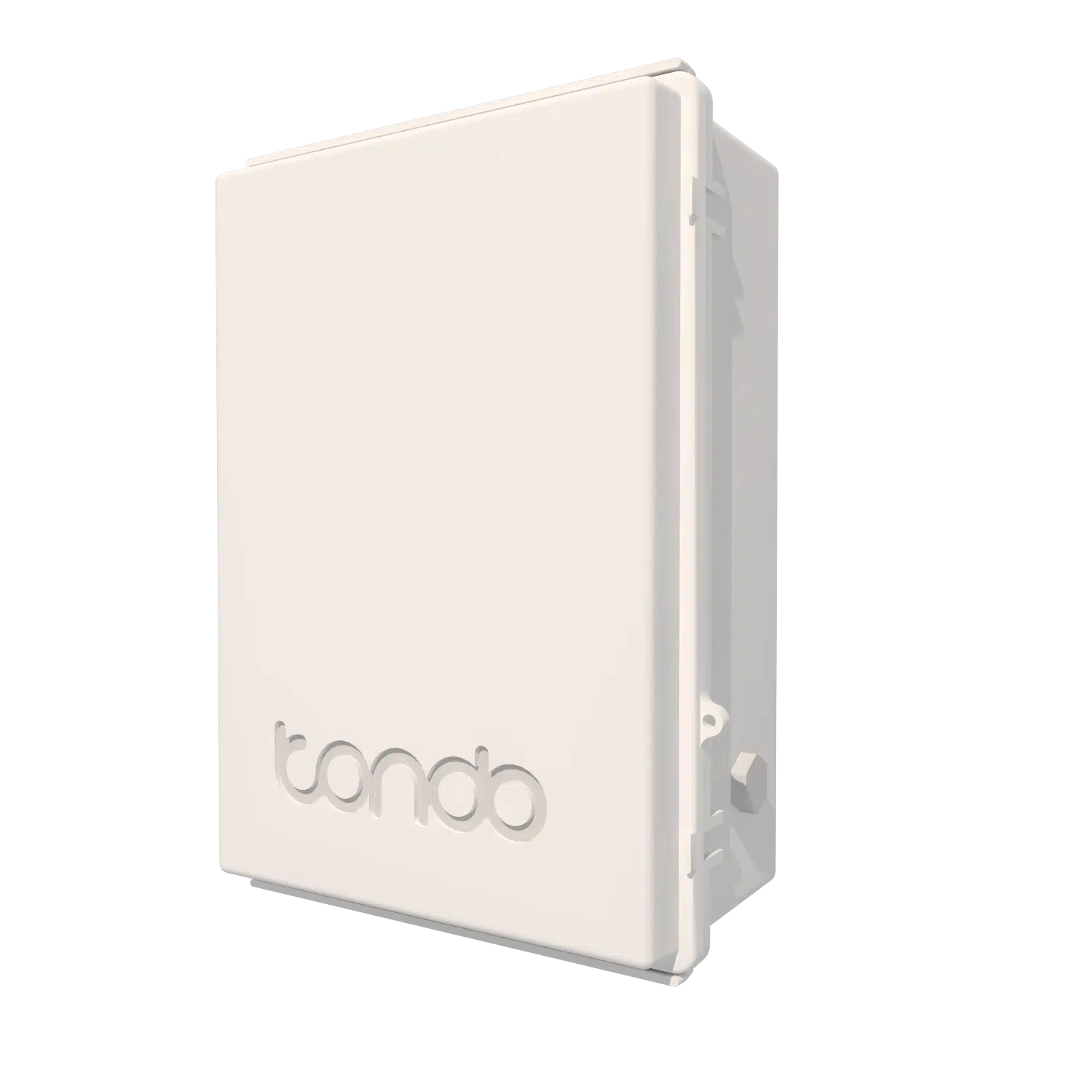
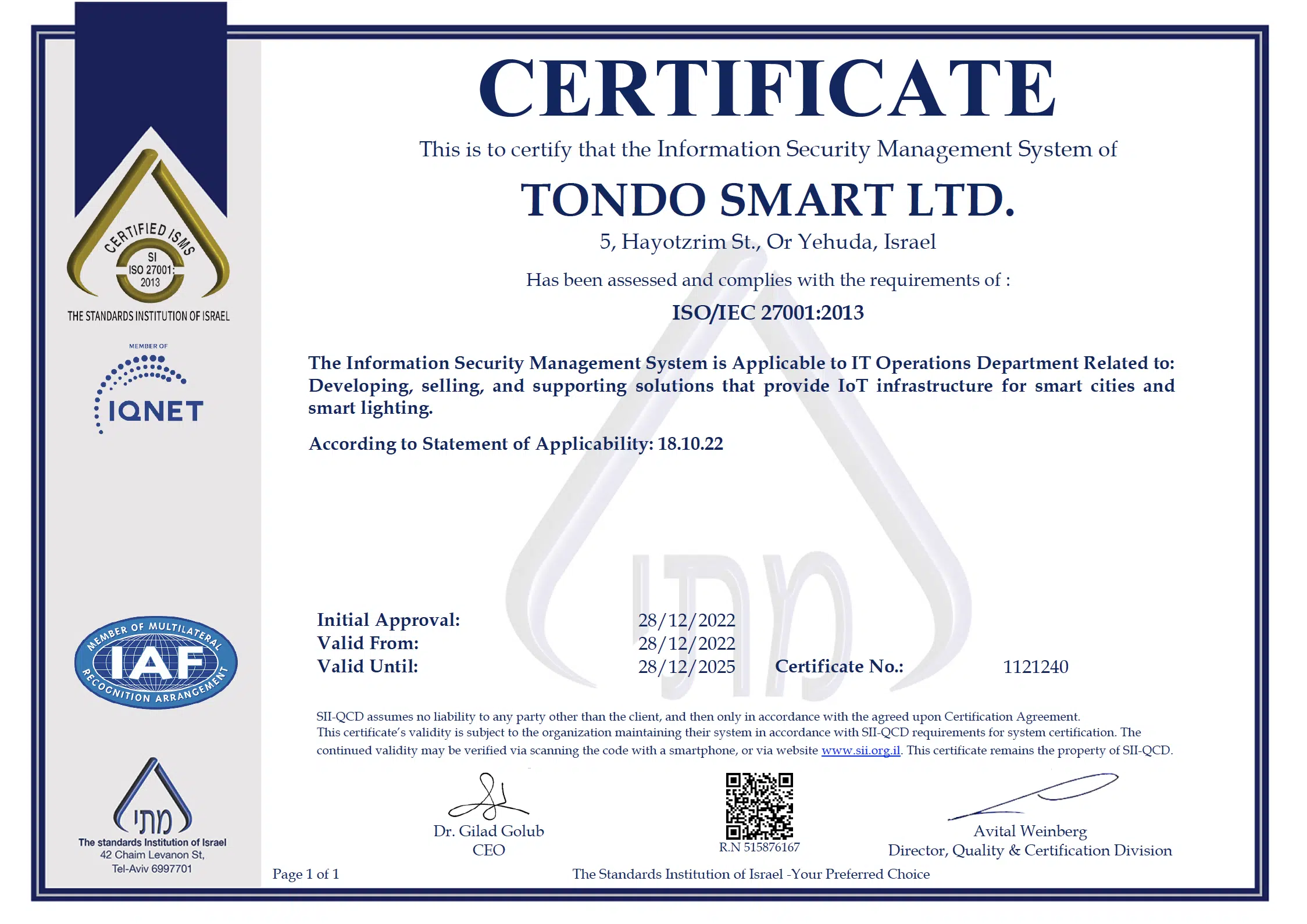
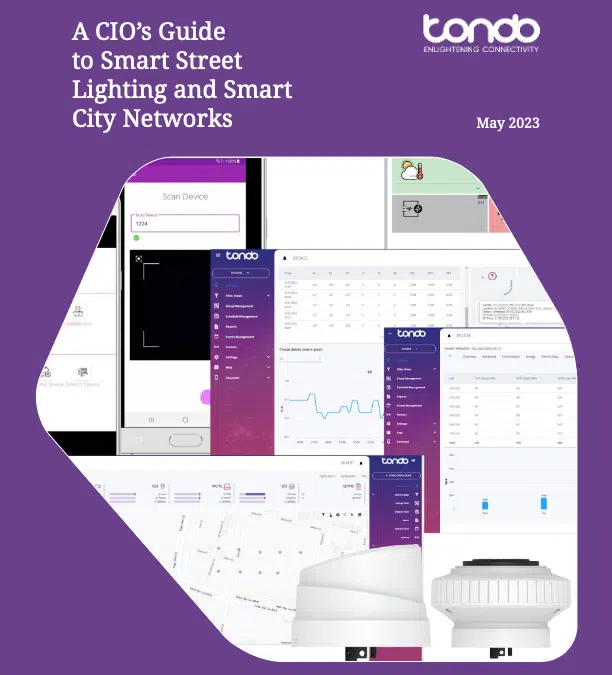
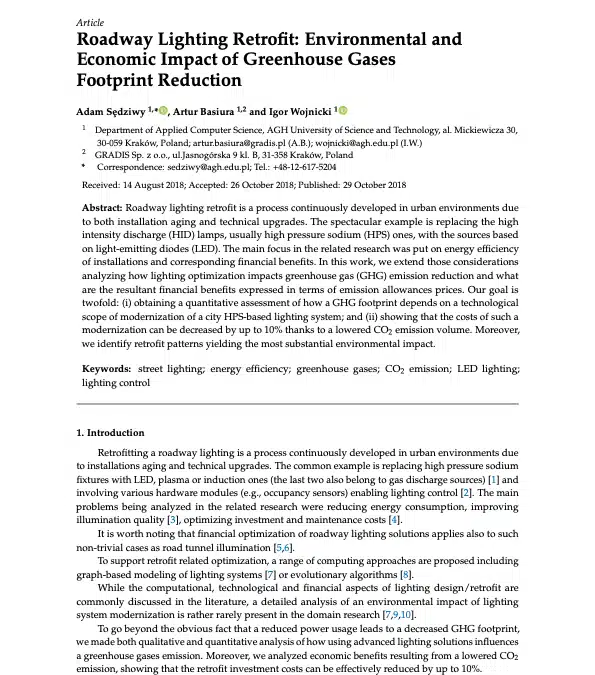
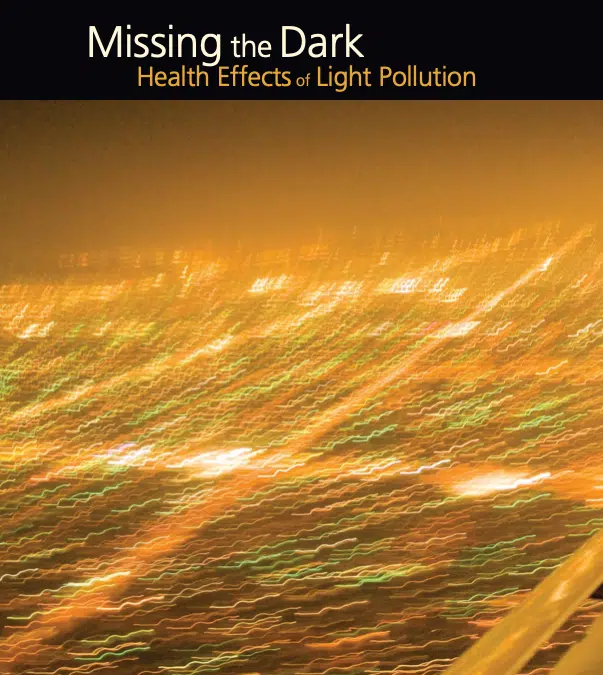
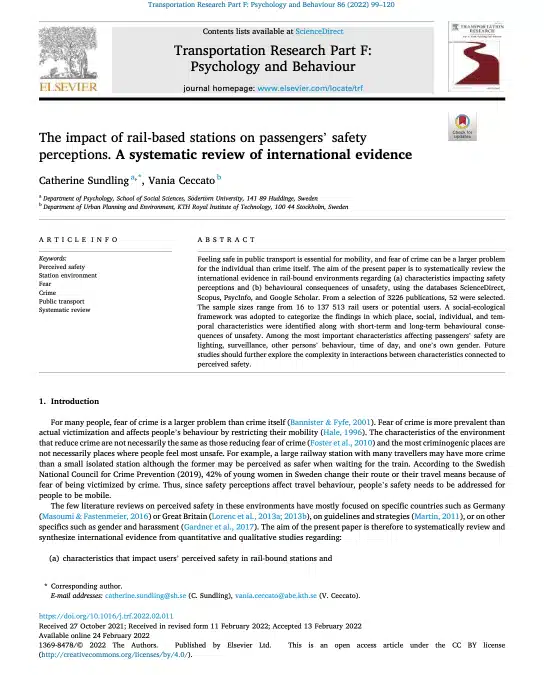
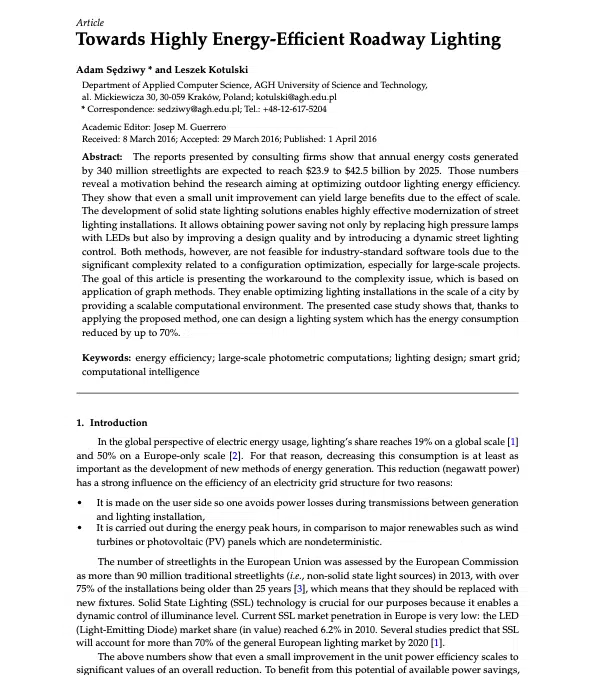
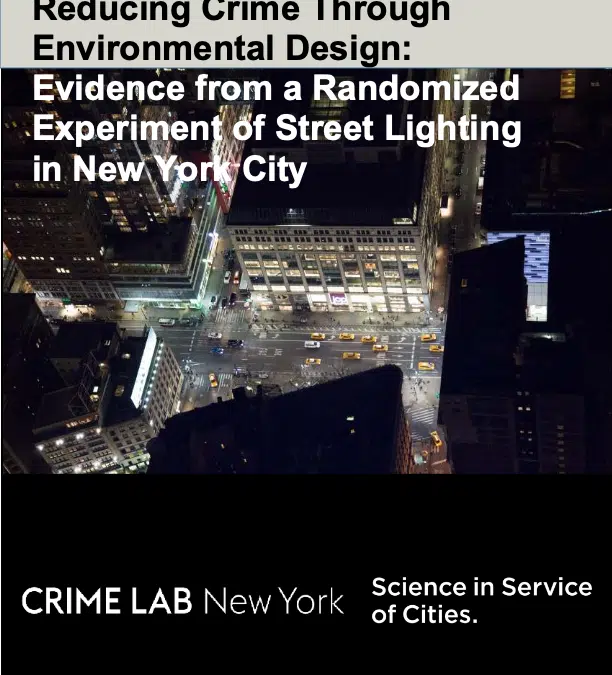
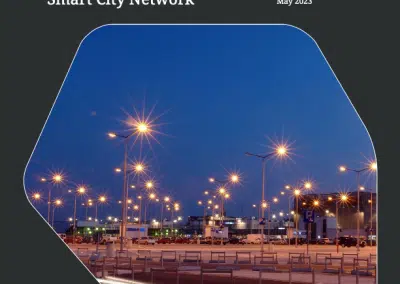
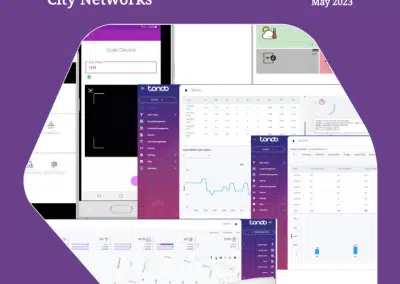
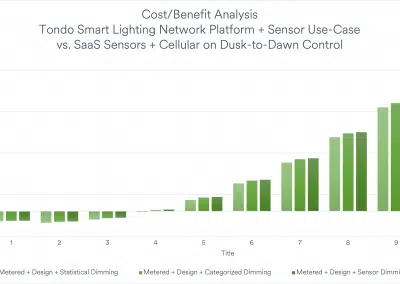
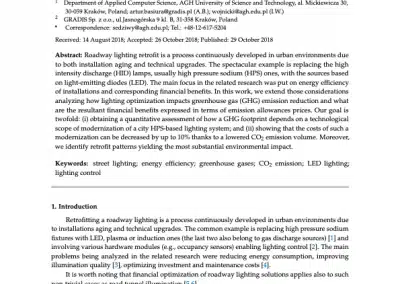
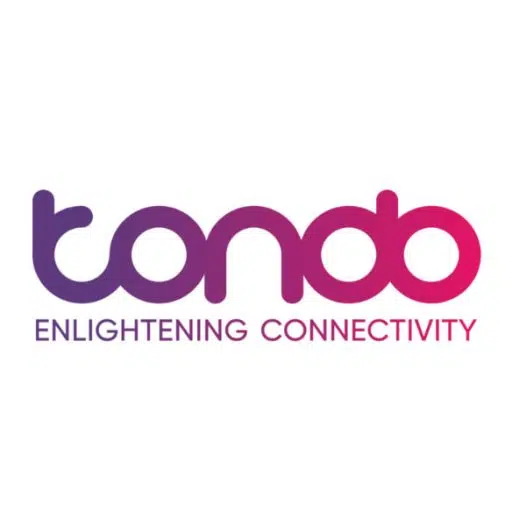
0 Comments